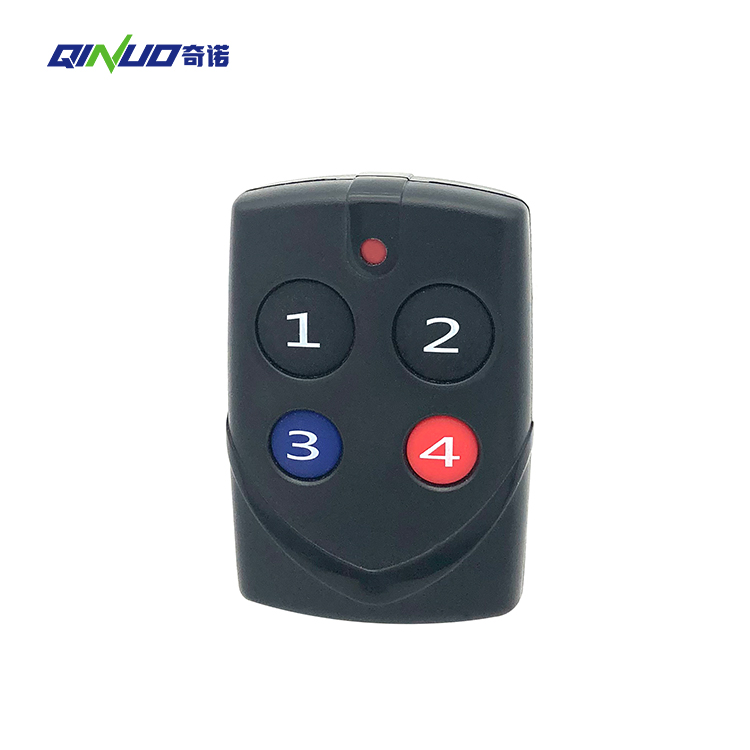Remote controls have become an integral part of our daily lives, simplifying tasks and enhancing convenience across various devices and systems. One commonly used frequency for remote controls is 433MHz. In this article, we delve into the range of 433MHz remote controls, exploring their capabilities, applications, factors influencing range, and considerations for optimal performance.

The Basics of 433MHz Remote Controls
Remote controls operating at 433MHz frequency are designed to transmit signals wirelessly to control devices such as garage door openers, gate operators, alarm systems, and home automation devices. The frequency of 433MHz provides a balance between signal penetration and range, making it suitable for a range of indoor and outdoor applications.
Capabilities and Applications
433MHz remote controls offer several key capabilities:
1. Wireless Control: These remotes provide wireless control over a significant distance, enabling users to operate devices without physical contact.
2. Long Range: The 433MHz frequency allows for decent signal range, making it ideal for applications where remote control is needed from a distance.
3. Versatility: These remotes are used in various domains, including home security systems, automotive keyless entry, industrial automation, and more.
Factors Influencing Range
Several factors influence the effective range of 433MHz remote controls:
1. Obstructions: Physical barriers like walls, buildings, and trees can attenuate the signal, reducing the effective range.
2. Interference: Interference from other electronic devices operating in the same frequency range can impact signal quality and range.
3. Antenna Design: The design and quality of the antenna on both the remote control and the receiving device can influence the range.
4. Signal Strength: The output power of the transmitter and the sensitivity of the receiver play a role in determining the range.
5. Environmental Conditions: Weather conditions, such as rain or heavy fog, can temporarily affect signal propagation.
Considerations for Optimal Performance
1. Antenna Orientation: Properly aligning the remote control's antenna with the device's antenna can enhance signal reception.
2. Location: Choose a strategic location for placing the remote control, keeping in mind potential obstacles and signal interference.
3. Battery Quality: The quality of the battery in the remote control can affect its overall performance and range.
4. Interference Avoidance: Minimize interference by using devices that operate on different frequencies and avoiding electronic clutter in the vicinity.
5. Manufacturer's Recommendations: Follow the manufacturer's guidelines for optimal range and performance, as they often provide specific instructions for maximizing signal strength.
Conclusion
The range of 433MHz remote controls offers a practical and versatile solution for wireless control in various applications. With their ability to cover significant distances, these remotes find use in controlling gates, doors, alarms, and more. Understanding the factors that affect range and considering best practices for optimizing performance will help users make the most of these remote controls. Whether for home automation, security systems, or industrial applications, 433MHz remote controls continue to play a crucial role in enhancing convenience and control in our interconnected world.

-
Office ViewQinuo Electronics Co., Ltd.was founded in 2009,it is a high-tech company that integrated R & D, manufacturing, sales and service for 15 years,which is mainly specialized in providing sensors of automatic door, control system of door and gate, car key remote, auto parts etc. The company currently has four independent brands: U-CONTROL, U-SENSORS, U-AUTOGATES and U-AUTOKEYS.
-
got questions? call us
+86 13960286508
-
fax :
+86 595 22901208 -
Email :
[email protected]
-
address
- No.991 Xingxiu Road,Taiwanese Investment Zone, Quanzhou, Fujian Province,P.R.China











